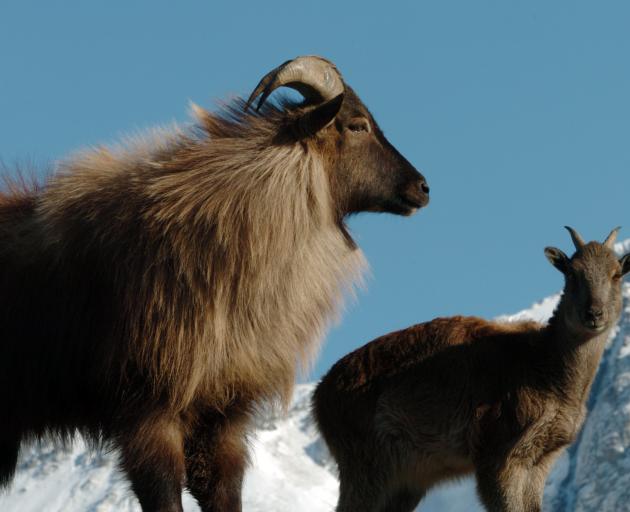The New Zealand Deerstalkers Association says the Department of Conservation’s revised tahr control operational plan released yesterday shows that culling the Himalayan tahr herd as now planned is based on ideology, political interference, a lack of quality data and science and made to appease the extreme views of the Forest and Bird Society who continue to maintain their threat of bad faith court action.
NZ Deerstalkers Association Chief Executive Gwyn Thurlow said the decision defied good sense and logic and was another example of a string of poor decisions made by the current Government.
After reviewing the latest iteration of the plan, NZDA can see no substantive change to the Department’s approach from before the High Court win by the Tahr Foundation, because the bottom line is that the number of operational hours has not reduced.
“This means our tahr herd will be decimated, as feared,” he said. “It seems DOC has been told by its Minister Eugenie Sage to ignore the genuine and valid concerns of the hunting community, both recreational and commercial and to forge ahead with the Minister’s well documented and public agenda to remove tahr from our public land”.
Waste of Meat
The Covid emergency has cost people jobs and left families struggling to make ends meet. NZDA said the decision by the Department will now take away from those same people the recreational pursuit of one of our most highly valued big game animals.
“Adding salt into the wound is the wastage of meat. The meat from thousands of tahr culled in Mt Cook and Westland National Parks could have been recovered to feed our families and distributed in a similar way as the successful initiative between the Wapiti Foundation, Game Animal Council, Deerstalkers Association and DOC,” he said.
The 1993 policy stated that only when tahr numbers reach 50,000 do they cause unacceptable adverse impacts to alpine vegetation.
“By reference to the Department’s own statements, and factoring in aerial culling carried out year-to-date, there will now be fewer than 20,000 tahr remaining, which means the ecological objectives have already been achieved. The 10,000 figure, often quoted as a “target”, is merely the number of tahr that are likely to cause zero impact to vegetation. The actual ecologically sustainable target tahr number is between 10,000 and 50,000, but no-one actually knows the figure because DOC fails year after year to carry out the science,” said Gwyn Thurlow.


Alpine Moa browsed to an altitude of 6,000 ft probably browsing in the same herbfields as tahr do today. They were common from Nelson to Fiordland, would culls be carried out on these birds if they were still around?